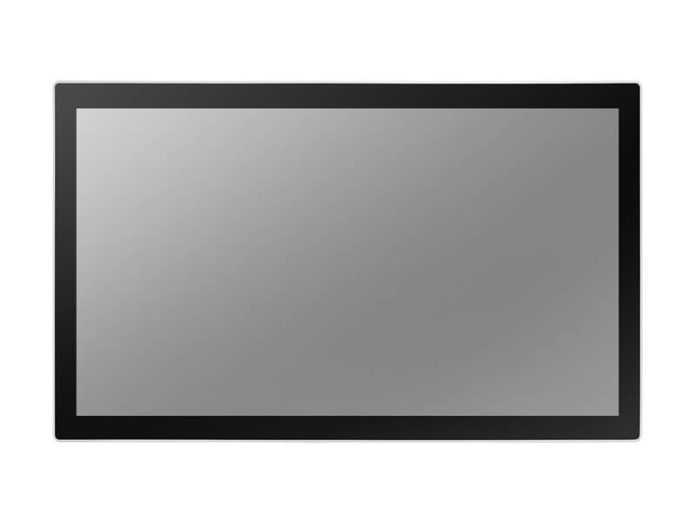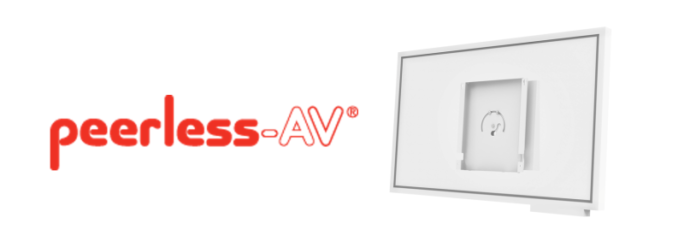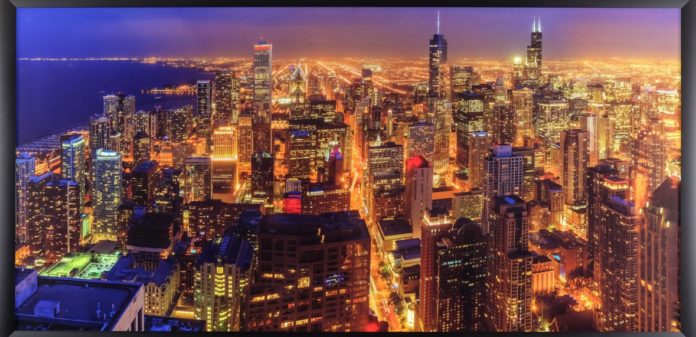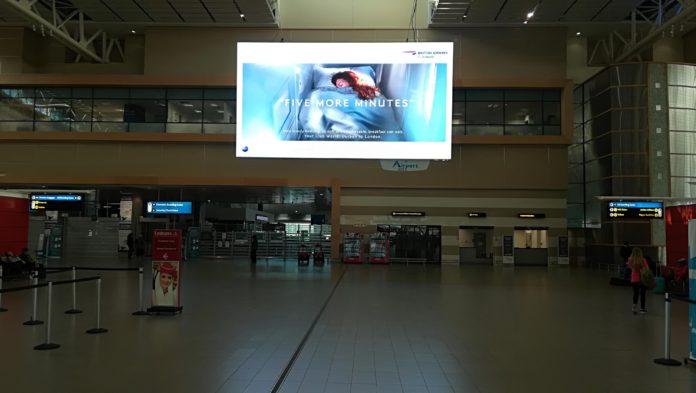The new Rotational Wall Mount (RMI3-FLIP) and Mobile Cart with Rotational Interface (SR560-FLIP) flip displays are dedicated solutions for the 55″ Samsung Flip, an interactive UHD display. With these solutions, the Samsung Flip can be mounted on a wall or mobile cart, providing users with the flexibility to best meet their needs.
Once the display is mounted, the negative tilt and simple rotation allow users to easily write or sketch in landscape or portrait orientation.
Joseph Wentworth, Product Manager, Peerless-AV said, ’Organisations today are seeking technology that promotes interactivity and collaboration among employees, and they are increasingly moving towards solutions such as the Samsung Flip. We are excited to offer custom-designed carts and mounts for this, as our solutions ease installation, provide a clean and aesthetically-pleasing finished design, and improve overall usability.’
The rotational interface on both the wall mount and cart allows the user to easily rotate the display 90° from landscape to portrait, and holds the display at a negative 4.5°, further promoting ergonomics with a more natural angled writing surface. The unique cable management system allows cables to be routed through the interface, which keeps the cabling safe and abrasion-free when rotating the display.
Featuring mobility, an appealing design, display height adjustment, and a pre-assembled base, the Mobile Cart with Rotational Interface ensures quick assembly while providing a rigid, but the attractive structure to match the display. The 4″ castors meet UL/CUL requirements and make it easy to move from room-to-room, ensuring nothing is damaged along the way. With a robust feature set focused on safety and durability, the Rotational Wall Mount and Mobile Cart with Rotational Interface are ideal for collaboration spaces in corporate settings.
PEERLESS-AV www.peerless-av.com
















